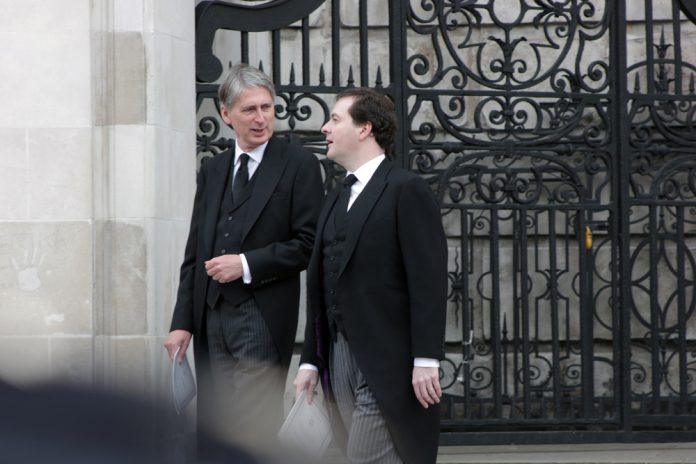
Government borrowing shrank in November, but still remained above analysts expectations and failed to hit ex-chancellor George Osborne’s monthly targets.
According to the latest Office for National Statistics figures borrowing fell to £12.6 billion, down £0.6 billion from November 2015 but above the £11.6 billion polled by analysts.
Capital Economics economist Scott Bowman expects borrowing for the full year to “come in close” to the government’s current forecast.
“[Tax] receipts growth has been on a slight upward trend since May – adding to the evidence that the economy has held up well following the vote to leave the EU,” he added.
Borrowing for this financial year is down on last year, but still above ex-chancellor George Osborne’s targets. New chancellor Philip Hammond said in his recent Autumn Statement that he was looking to reduce the budget deficit to £68.2 billion for the full financial year, a more achievable target than Osborne’s £55.5 billion.
Hammond has also not vowed to balance the government’s finances by 2020, as was Osborne’s goal, but invest further into British infrastructure.
British firms expect higher inflation next year
The latest borrowing figures take place against a backdrop of uncertainty for British businesses, who expect to pay more for materials and imports in 2017 in the wake of Britain’s decision to leave the European Union.
“That was expected to start affecting consumer prices more noticeably in the New Year. Wage growth had remained stable, but some contacts expected upward pressures, including from higher inflation next year,” the BoE said.
